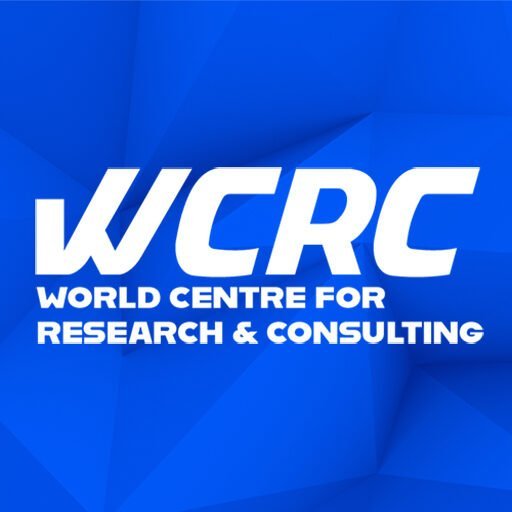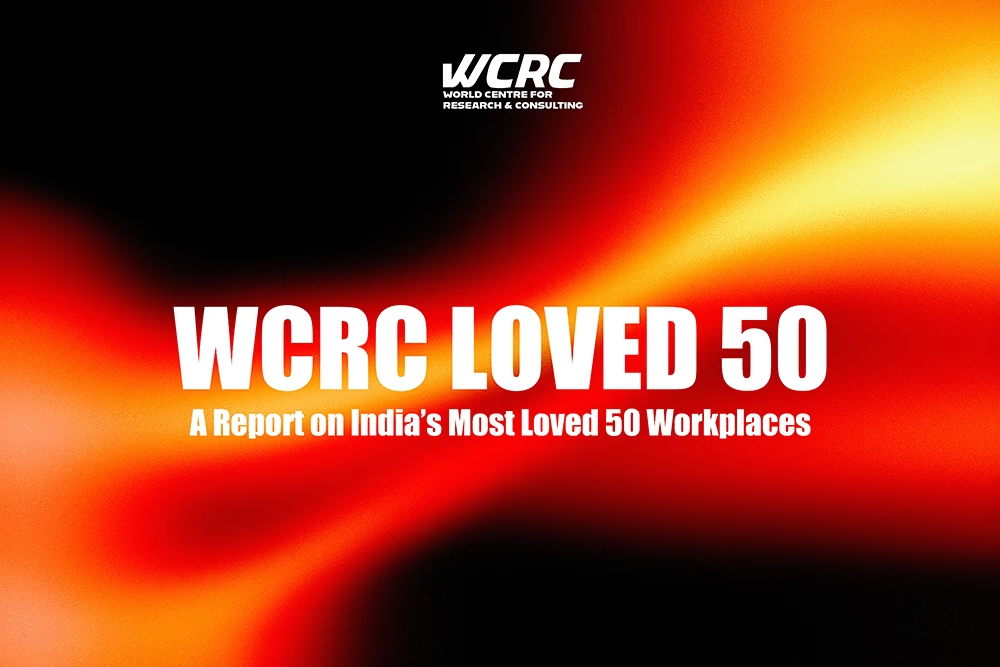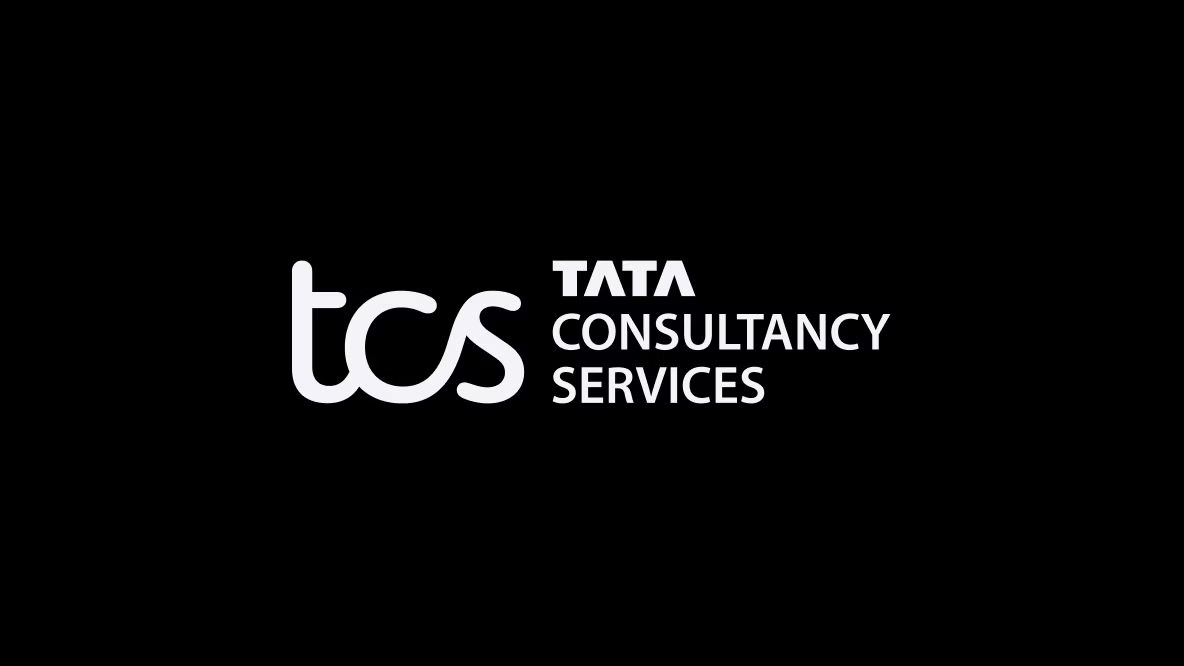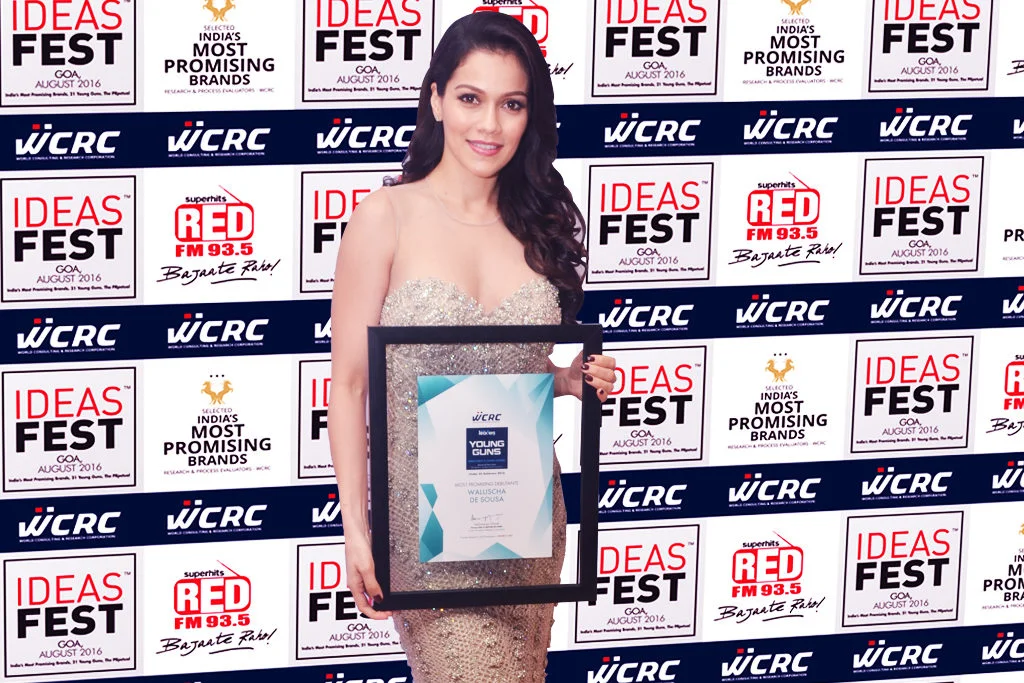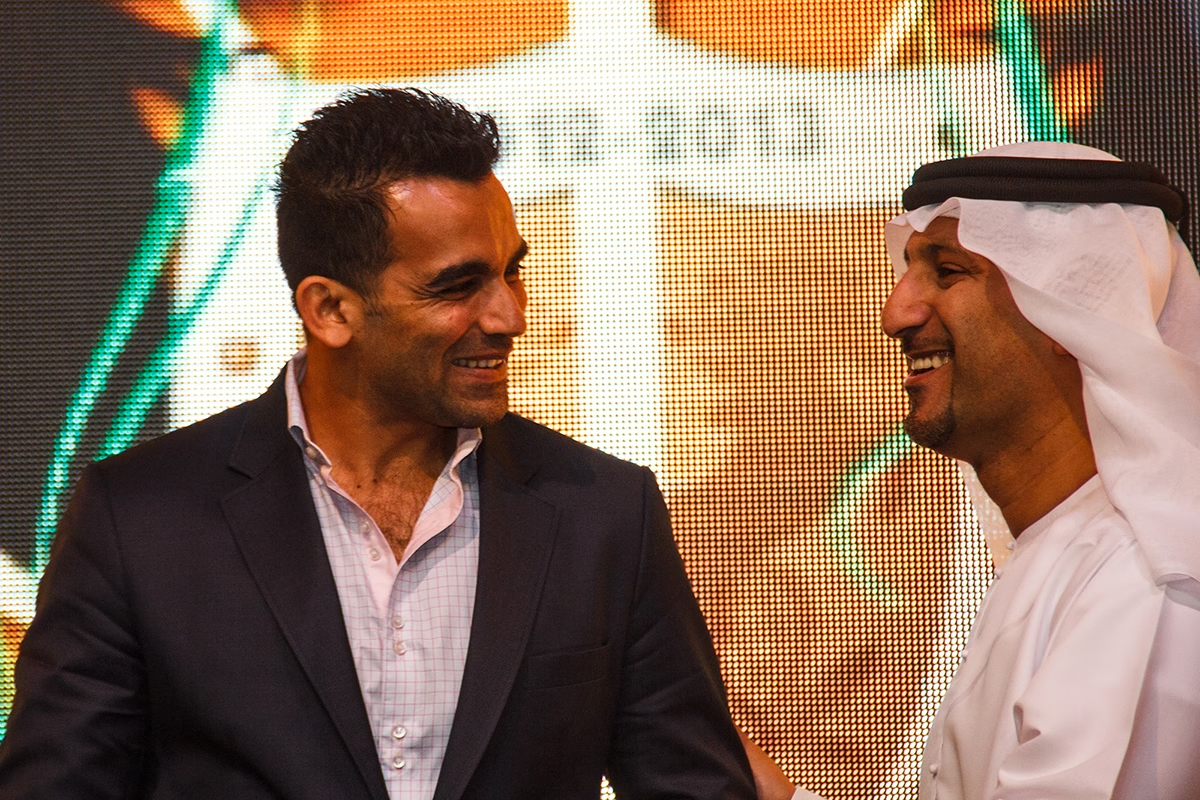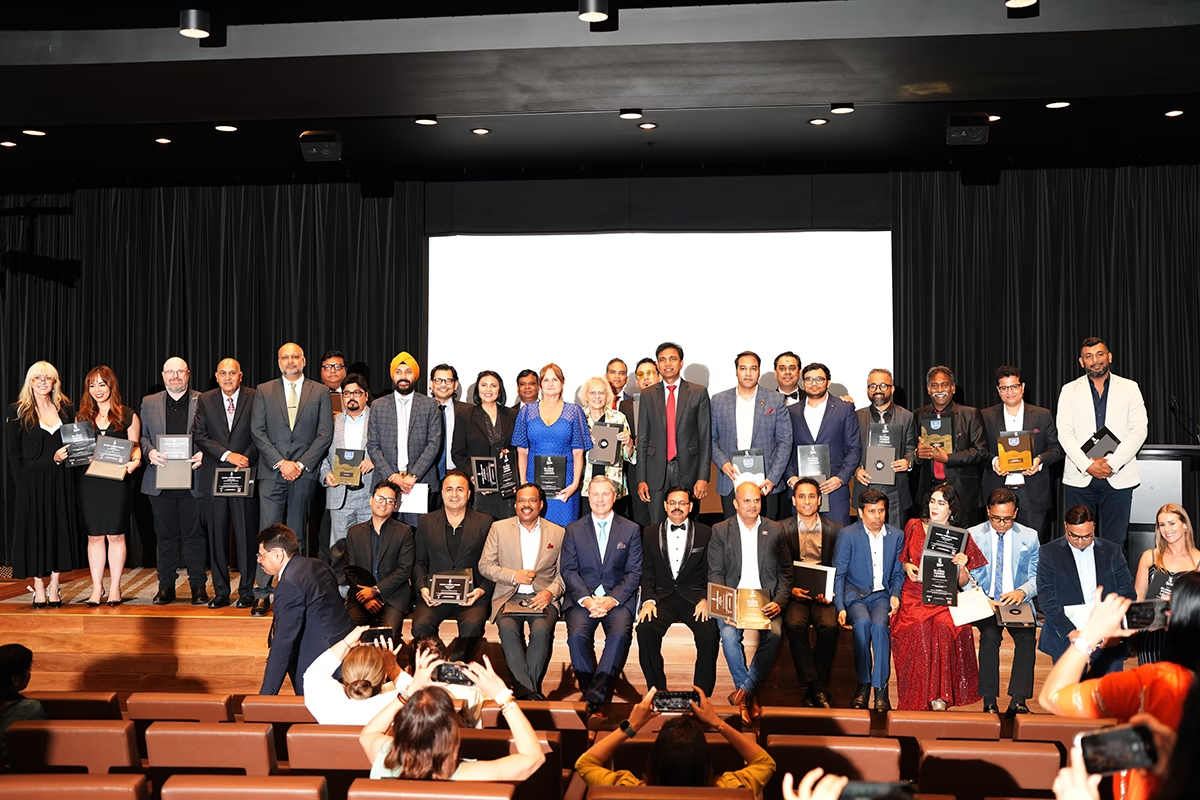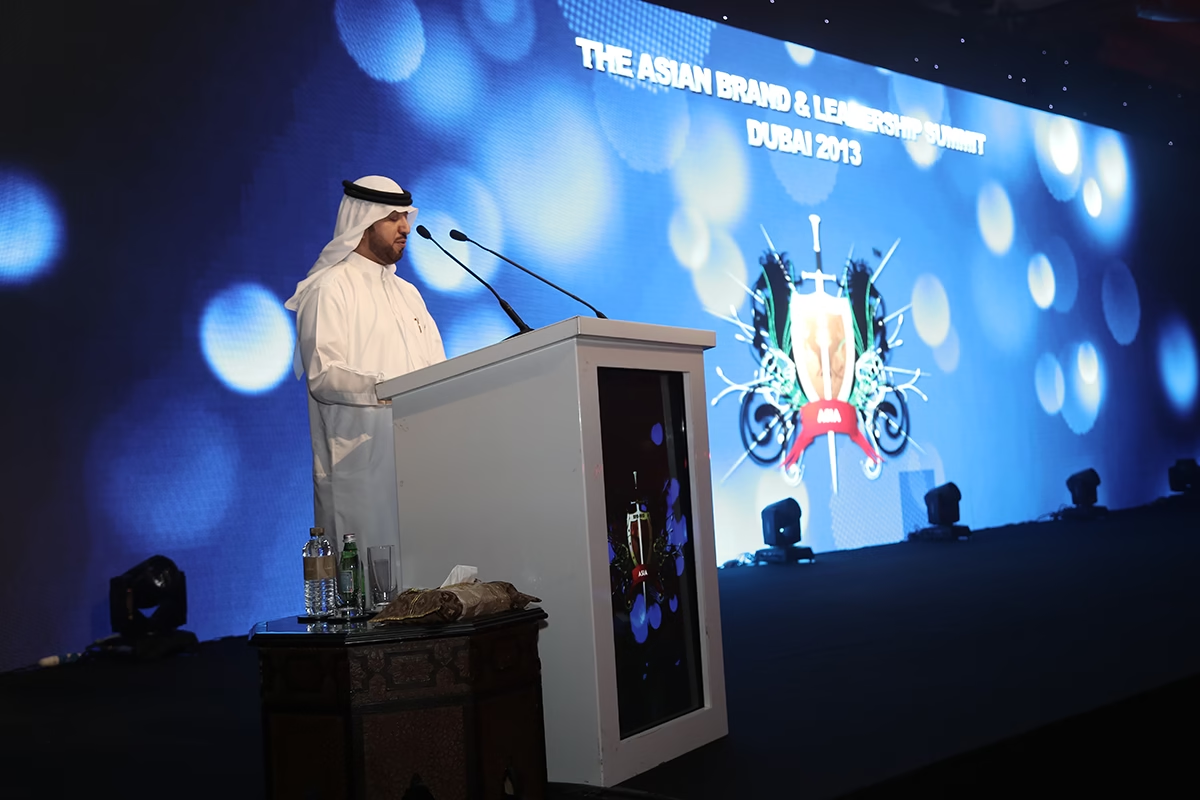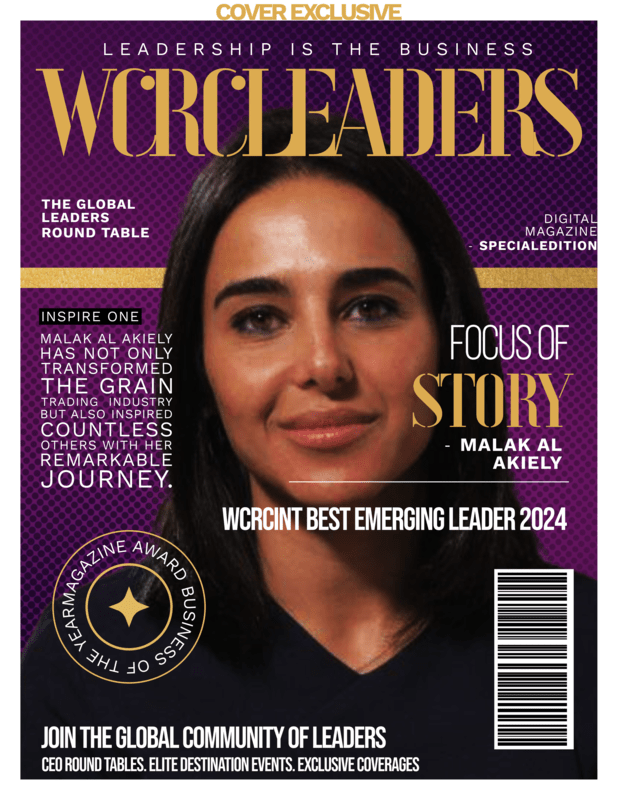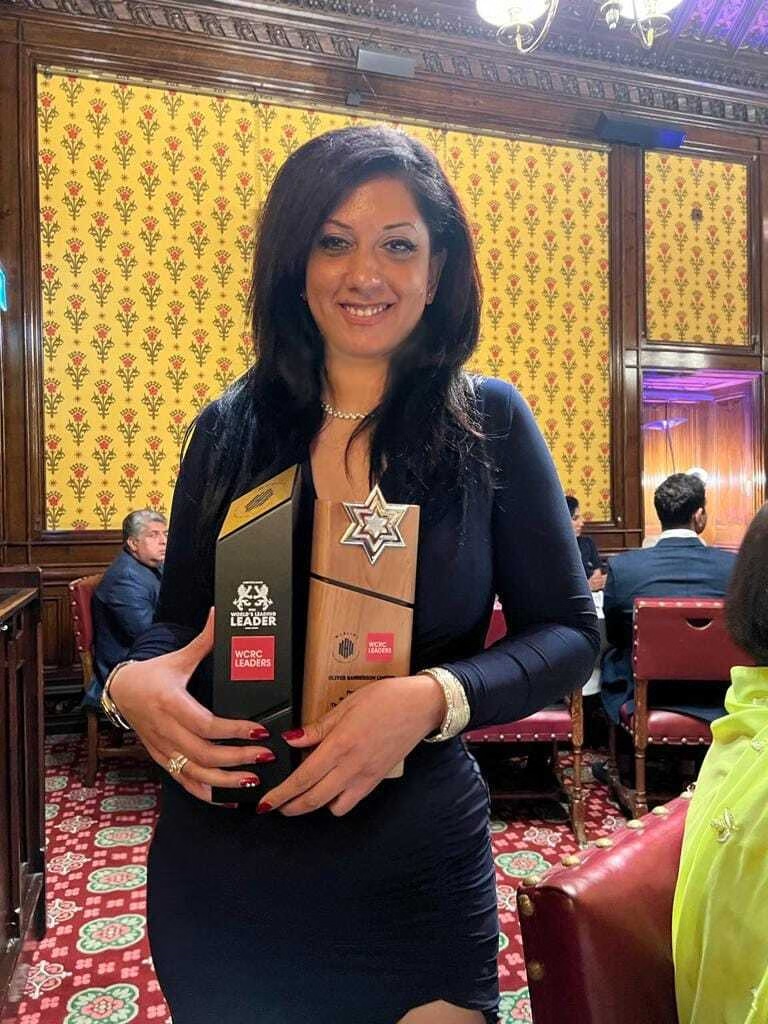Selected as WCRCINT World’s Leading Leader 2023, Dr. Sanjay Chadda, Managing Director of Stanadyne India stands out as a beacon of leadership and innovation , Dr. Chadda has not only steered the company towards unprecedented growth but has also played a pivotal role in shaping the future of fuel injection systems.
With a rich background in the corporate functioning, Dr. Chadda brought a wealth of knowledge and expertise to Stanadyne India when he assumed the role of Managing Director. His vision for the company was clear – to revolutionize fuel systems and contribute to a cleaner, more efficient automotive future.
Under Dr. Chadda’s leadership, Stanadyne India has witnessed remarkable strides in research and development. The company has been at the forefront of designing cutting-edge fuel injection systems that not only enhance engine performance but also adhere to stringent environmental standards. Dr. Chadda’s commitment to sustainability is evident in the eco-friendly technologies integrated into Stanadyne’s products, aligning the company with global efforts to reduce carbon emissions.
Beyond technological advancements, Dr. Chadda has fostered a culture of innovation within Stanadyne India. By encouraging cross-functional collaboration and providing a conducive environment for research, he has cultivated a team of experts dedicated to pushing the boundaries of fuel system engineering. This commitment to innovation has not only kept Stanadyne India ahead of the competition but has also positioned the company as a thought leader in the industry.
In addition to his technical prowess, Dr. Chadda places a strong emphasis on corporate social responsibility. Under his guidance, Stanadyne India has initiated several community-centric projects aimed at uplifting the lives of those in the vicinity of their operations. These initiatives range from educational programs for local schools to environmental conservation projects, showcasing Dr. Chadda’s holistic approach to leadership.
Dr. Sanjay Chadda’s impact extends beyond the confines of Stanadyne India. He actively engages with industry forums, sharing his insights on the future of automotive technology and advocating for sustainable practices. His presence at conferences and seminars has not only elevated the profile of Stanadyne India but has also contributed to the broader discourse on the role of fuel systems in shaping the future of transportation.
As we navigate a rapidly evolving automotive landscape, Dr. Sanjay Chadda stands as a beacon of inspiration for leaders and innovators alike. His unwavering commitment to excellence, coupled with a visionary approach to technology and sustainability, sets the standard for the industry. Under his guidance, Stanadyne India is not just a company; it is a driving force shaping the future of fuel systems and contributing to a cleaner, more sustainable world.
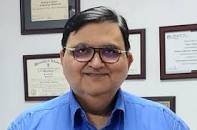
In conversation with Dr. Sanjay Chadda, Managing Director, Stanadyne India
What makes a reliable and trustworthy business leader?
Leaders who understand and act with integrity are more likely to succeed by engaging their team. The first ingredient of being trustworthy is looking at your own behaviour before judging others. Knowing ourselves is one of the primary quality to judge whether we are trustworthy. When leaders are willing to look inwardly, they uncover qualities that may impact their ability to lead. By doing so they understand the needs of being a great leader.
A necessary ingredient for being trustworthy is being adaptable and flexible to change. When leaders are not flexible, they spend more time and resources avoiding change instead of doing the change work. Flexibility allows leaders to become more adaptable to unknown situations and display a consistent reaction that people can trust. In other words a trustworthy leader adapts and controls his reactions.
How have you re strategised and adopted to the digital transformations globally?
Stanadyne is in the Completion Phase of its Digital Transformation Project in all the plants. The completion phase is intended to complete the transformation for its existing projects. All new projects since 2017 are implemented with IoT throughout the manufacturing process. A team comprising of IT & manufacturing engineering were deployed during the initial implementation phase of all new projects. External Source was sought for this implementation. Stanadyne India Manufacturing Engineering Team is well trained in the IoT implementation. All resources required to establish & extend the same for existing projects are now in the final phase. 14 out of 23 production lines are now modified to cope with the IoT technology requirements. The remaining 9 production lines are expected to complete by Jul’23 & by then the Stanadyne Production System will comply with the latest digital requirements of the industry in all its manufacturing locations.
What are the clear changes that you have made to your journey in the last decade?
Stanadyne India a part of Amalgamation Group in 2013 was a loss making organization & the idea was to wrap the business in India. I took this challenge as Managing Director in 2013 and brought a turnaround from a loss making organization to profit making organization in 2022. Since its inception in India the business for Stanadyne has grown by four times & now makes a profit twelve times than it was in 2018.
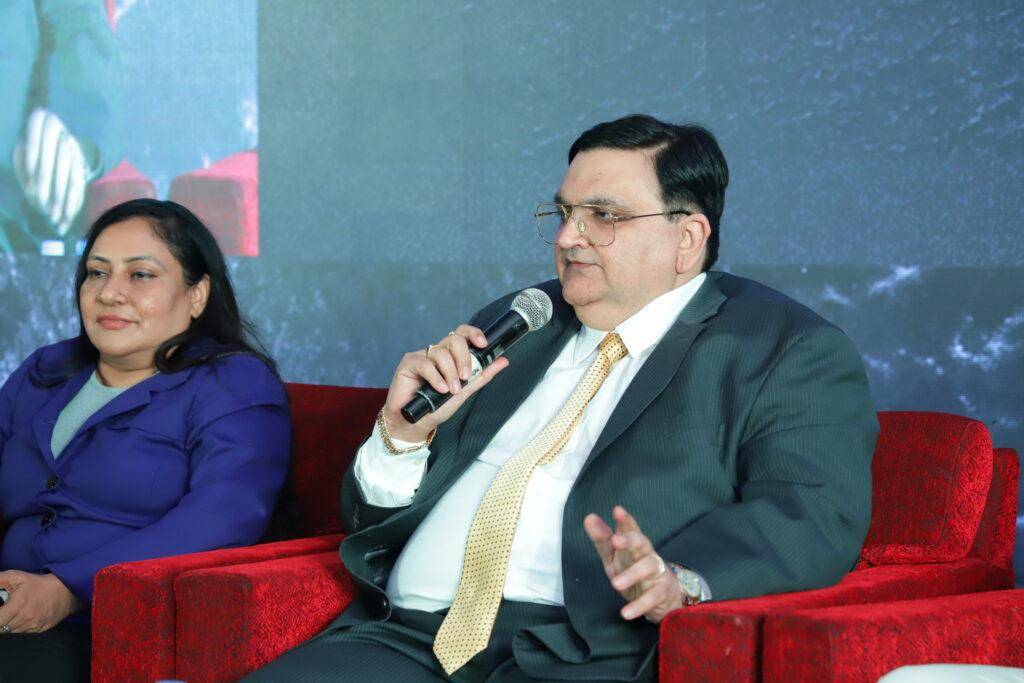
What is the current vision and mission at your current role?
We share a vision for the future of a world that is smarter, greener and more efficient. Our people come from many different regions and speak many languages, and we embrace the challenges ahead with a mindset that nothing is impossible. Our values connect us, and our future picture is clear.
Success is to achieve your target. It is an outcome which you desire to achieve. My success prevails in achieving the target sales of the organisation. The turnover of Stanadyne India over the past 3yrs is increasing & is also expected to touch 500 crores by 2025. Customer demands have increased for the existing models & that has helped in the increase of sales. Thanks to the
How do you draw a balance between target orientation and empathetic and compassionate leadership?
Employees are the assets of an organization. They are to be aligned to achieve the goals of the organization. Leaders need to observe & read carefully the character of their employees. Expectations & Needs vary person to person & they should be handled carefully as a leader. Skilled Labor is important & cannot be compromised. People must be handled very carefully. Most People expect help when there is a necessity. It could be financial support or in some cases physical support. Employees can be given financial support without interest by the organization when there is a necessity. HR extends physical support too if it is really genuine. Extending support like blood donation to family members can also be a great help to the employees. This makes employees to work beyond their limits. Stanadyne is able to extract excellent services from employees through these supporting activities for its employees. There are cases where employees go beyond their expected targets & have achieved great incentives. Ultimately these results have contributed to the growth of the organization.
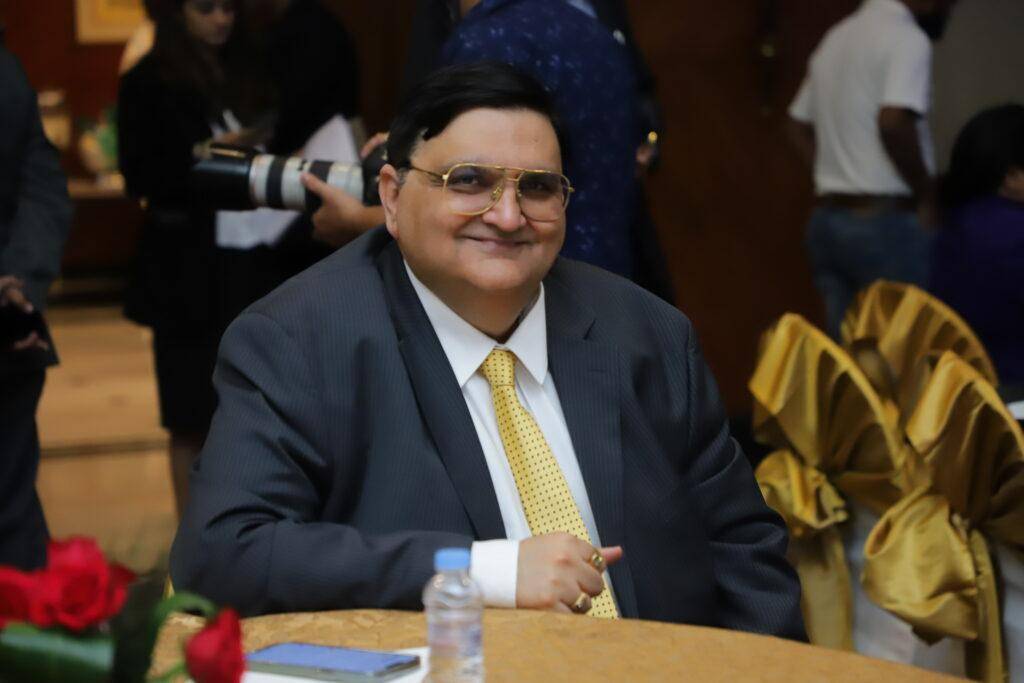
What has been your greatest strength and weakness in context of leadership?
- Strengths:
- Desire to Work is one of my greatest strength as a leader. I set examples for my team members who feel targets are unachievable. This gives confidence among the members to perform more than what is expected to deliver.
- Understanding the needs & emotions of team members is important. Traits of team members vary & as a leader I need to understand them & make them deliver to the goals of the organisation.
- Self-Management Skills gives me confidence in accomplishing the goals of the organisation. It also makes the vision clear for setting targets that are convincing to the management.
- I am a good listener apart from being a good communicator. I observe things which others feel. This not only gives inputs but makes the situation clear for deriving a strategy for the organisation.
- Ability to motivate & inspire others to do their best work. This is more important to be a leader. Team members need to contribute & they should be comfortable to in making decisions that would deliver results.
- Weakness:
- A perfectionist & expects everyone to be perfect. It is difficult to have all fingers alike. Still we manage & work as a team to fulfil our dreams.
- I do Multitasking & expect my members to be the same. Multitasking is a skill & we cannot expect everyone to be an expert.
What has been your driving force or philosophy in life?
Ambition is an important driving force to succeed in life. It brings us through our school career, our skills development, and eventually, our choices of how well we will run our life. If our rewards for acting on ambition have been mostly positive, we will continue to be ambitious throughout our life. If it has been negative, some people lose this good force, and become discouraged who will no longer do much to improve their lot in life.
To reach your career goals, you need to be willing to put in the hard work and effort. Having ambition is a big part of feeling determined to work toward your dreams and desires. It can help you stay motivated and focused on what you want to achieve. Ambition is an important part of achieving what you want in life. Many worthwhile goals take hard work and determination to achieve, so ambition can help you stay motivated as you work toward them. With ambition, you can begin to see your vision and figure out how you’re going to make it a reality.
How do you plan to drive your business at a global level at your current role?
Stanadyne is a global automotive technology leader in engine-based fuel and air management systems. Stanadyne specialized in pioneering technologies in gasoline and diesel fuel injection systems for the engines that make our world move, and in aftermarket and remanufactured components that help keep those engines on the road. The best-in-class products offer superior quality and a competitive edge, delivering power, performance, and efficiency, and enabling the customers to stay ahead of rapidly evolving emissions and consumer demand.
Your top leadership goals during tough times?
Every business has to weather a rough patch at some point, and while business leaders must make tough decisions on how to improve their situation, they also have to pay close attention to team morale. The most damage to a business often comes from low spirits.
In recent months, the novel coronavirus disease (COVID-19) has negatively impacted businesses all over the world. Sales and revenue are falling short. Company may be facing the prospect of downsizing. The best employee might be struggling to work remotely full time. The team’s morale is at an all-time low, and it’s our job to lift their spirits and get them back on track.
- Communicate transparently about the situation.
During times of crisis, communication – good or bad – plays a huge role in how a group reacts and moves forward. On the other end of the spectrum, he said, misleading statements that everything is great are just as harmful. It’s critical to be as open, honest and transparent as you can be. Communicate what is happening. Employees need to know, and they should hear it from the most senior leader.
- Find the lessons to be learned.
It’s critical to learn from your mistakes so you can handle similar situations better in the future. “Keep moving forward.”
In the process of analysing and evaluating mistakes, it’s important not to place blame and create animosity among your team. You should also be open to thoughts and solutions from employees.
Never point fingers at any staff members. Working as a team is key to getting through tough times. Always be open to new ideas and strategies from any staff member.
- Share your vision for the future.
Being clear and communicative about how the team and company plans to move forward will help part the storm clouds for your employees. For employees to truly hear and remember the message, they need to be exposed to it several times.
Once the team starts to bounce back, don’t lose the momentum you’ve created. Maintain your leadership strength when things are going well to make sure you’ve earned your team’s trust for the next low point.
- Celebrate large and small wins.
When your company is going through difficult times, it can be easy to dwell on everything that is going wrong, which will eventually result in low morale across the business. Remember to celebrate large and small wins to keep morale high and to remind your team that their work is valuable.
- Ask for honest feedback:
When you’re in a rough patch, ask for honest feedback from your employees. Prepare for tough feedback that you may not want to hear. Listening to the different perspectives of your employees allows you to look at the problem holistically and can result in a stronger team dynamic.
Your greatest success mantras?
- Learn from Mistakes:
People who achieve big things in their lifetime operate under the assumption that in every mistake is a lesson. They don’t get bogged down making themselves feel bad for a misstep. They don’t punish themselves for doing something wrong. They take everything in stride, in order to keep moving in a positive direction. Calling something a “mistake” is almost counterproductive.
- Know your Weakness:
There is a misconception that all successful people are perfect. The truth is, most very successful people are the complete opposite. They are extremely open, ready and willing to learn–always on the lookout for the next thing they don’t know. This is such an important distinction between those who achieve short-term success and those who are able to sustain it over long periods of time. Success is all about being aware of your next weakness, the next thing you can improve. And in order to do that, you have to know what you don’t know.
- Make a Plan:
Make the time to get things right in the beginning. I find that most successful people work very, very hard in the beginning of projects, engagements, deals, etc., to make positively sure every single element is on track. They know that if they take the time to get things right from the start, they don’t have to put out fires half-way through.
How actively have you been personally involved with corporate social responsibilities? What have you felt driving societal responsibilities?
CSR is a part of Stanadyne Policy & governed by the Global Human Resources team of Stanadyne Group.
Stanadyne India in last three years has made donations for orphanages & elderly homes. Stanadyne India has also donated for the nearby Aranvoyal Village in cleaning contaminated ponds, tanks for Water Storage, etc.
What’s your vision for the industry and the Indian economy?
Private sector development and equal rights for women can very well go hand in hand. Where business is good for women, women are good for business. The inclusion of women in private sector development is essential if we are to achieve the sustainable development goals. There is a strong business case for private sector investments in women’s economic empowerment.
Investments in gender equality are the most effective of all development investments. Yet, while global gender gaps in health and education have virtually been closed, large gaps remain in economic participation and political empowerment. In other words, many women are still excluded from economic and political spheres. Closing these gaps is not only a matter of justice: it is also a matter of development effectiveness. Engaging women as active participants contributes to more sustainable and more inclusive results. The international community and private sector are starting to realize that investing in women is smart economics and smart business.
Effective approaches are taking shape for companies. But the pace is too slow. At the current rate it would take another eighty years to achieve gender equality at the work place. It is high time for other companies and civil society organizations to join the frontrunners and scale up investments.

